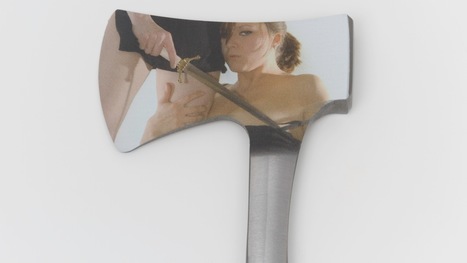Portrait de Louis XIV en costume de sacre.jpg est une nouvelle version de l’oeuvre du même nom du peintre perpignanais Hyacinthe Rigaud. Pour cette copie l’artiste a fourni à un atelier de reproduction chinois exclusivement des éléments trouvés en ligne, la taille du tableau par exemple provient de Wikipedia et le contenu est constitué d’images pixelisées et dégradées glanées sur google image. Certaines erreurs liées à la compression jpeg ont ainsi été reproduites part les copistes.
Research and publish the best content.
Get Started for FREE
Sign up with Facebook Sign up with X
I don't have a Facebook or a X account
Already have an account: Login
Media Arts Watch Lab - www.arts-numeriques.info - laboratoire de veille Arts Numériques - twitter @arts_numeriques - @processing_org - @DigitalArt_be - by @jacquesurbanska @_Transcultures
Curated by
Jacques Urbanska
 Your new post is loading... Your new post is loading...
 Your new post is loading... Your new post is loading...
|
|











